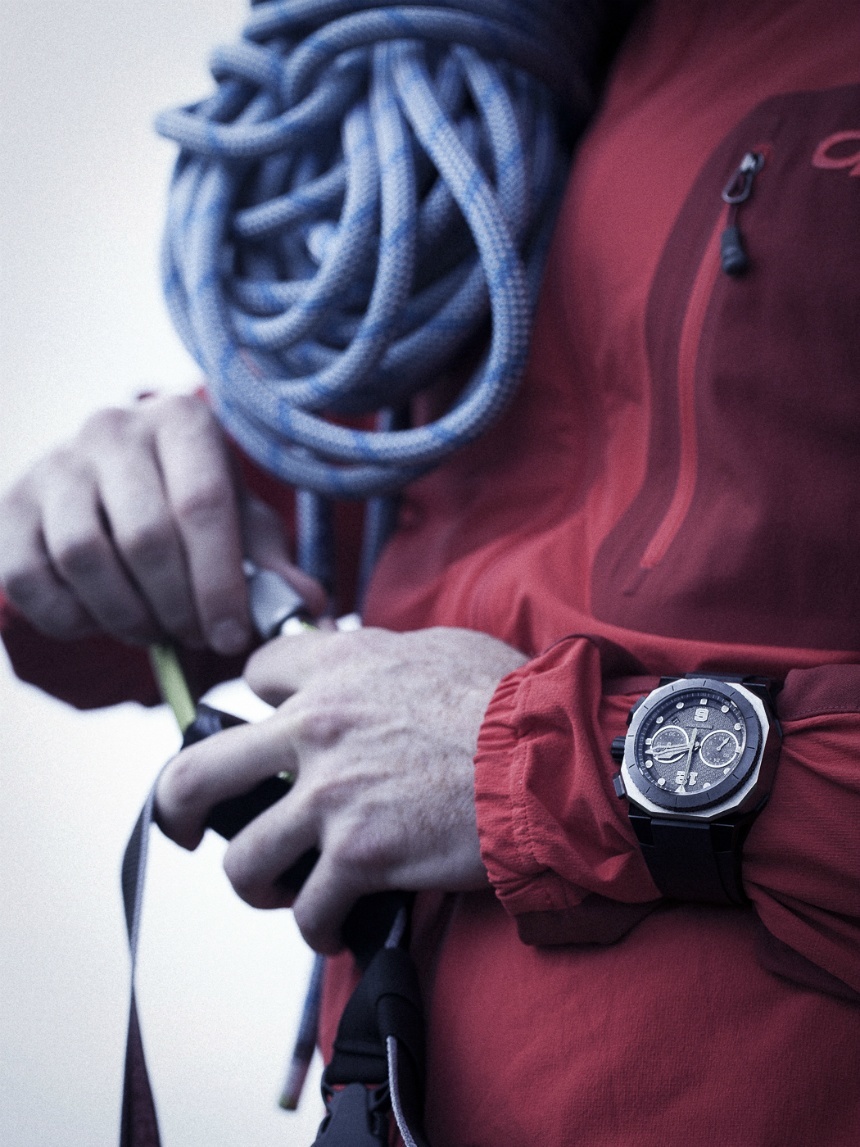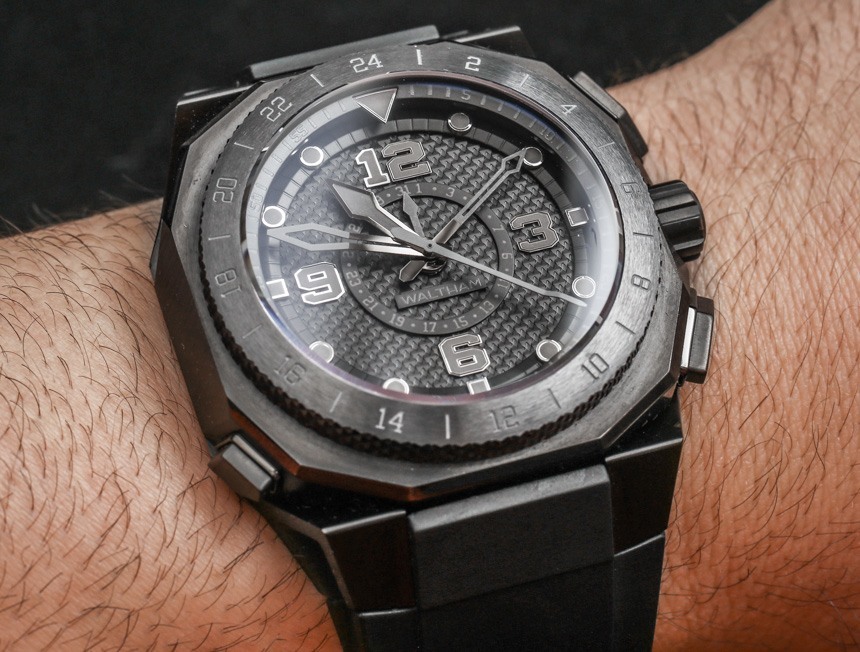When climbing a frozen mountain what watch do you wear? What considerations must a person take when selecting a timepiece that will be both useful and survive (reliably) the trek up a dangerous, steep, and chilly path? I don’t know if I have all the answers, but I am going to personally find out.
As a watch blogger and a lover of adventure sports, I’ve always been a fan of rugged mechanical sports watches. Especially those designed with mountaineering or polar exploration in mind, arguably the two pursuits in which a mechanical watch is still preferable to a digital alternative (I’ll explain exactly why in a little bit). It wasn’t until now, however, that I’ve had a chance to put that theory to the test, and truly appreciate the fundamental role a fine-tuned timepiece plays in keeping me alive in one of the most hostile environments on earth.
This story goes back about a year when, over a couple of Pisco sours in a lively bar in Lima, Peru, an old school friend and I decided we would have a crack at the tallest mountain outside the Himalayas. In a moment of clarity, we understood what life was about and toasted a decision to truly live, do something radical that we’d one day be talking about to our grandchildren, push ourselves outside our comfort zones, and hopefully achieve something that will remind us for the rest of our lives that we can do a hell of a lot more than we think we can.
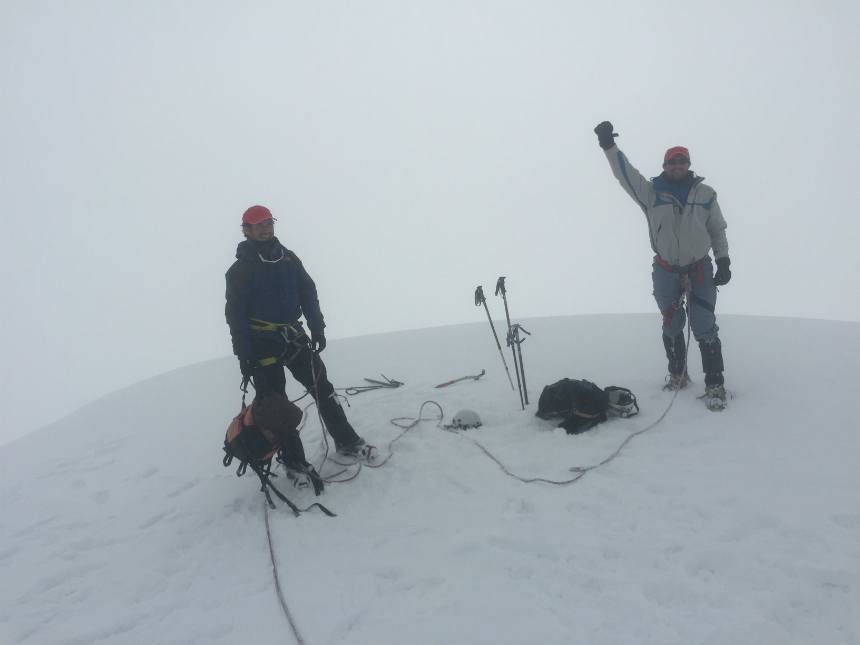
Training climb, May 2015: Luke and I in a whiteout at the top of suitably named Mount Pisco, Peru, 5752 meters.
Of course, we weren’t the first people to think our stars had aligned after a few too many. And the next morning when we woke up, we were somewhat less warrior-like than we had been just a few hours ago. But this time, instead of writing it off as another ridiculous idea, we realized this was something we were both truly gunning for.
A bit of research on the mountain gave us a little context and a small dose of nerves. One of the Seven Summits, Mount Aconcagua, 6962 meters high, sits in the heart of the Andes with Chile to the West and Argentina to the East. Despite its location in a warm arid area, with temperatures in nearby Mendoza rarely dipping below 30°C during climbing season, the mountain’s summit is extremely exposed and temperatures at the top are typically between -10 and -35°C. Add on wind-chill from the near-constant gale-force winds, and the experienced temperature is closer to -60°C.
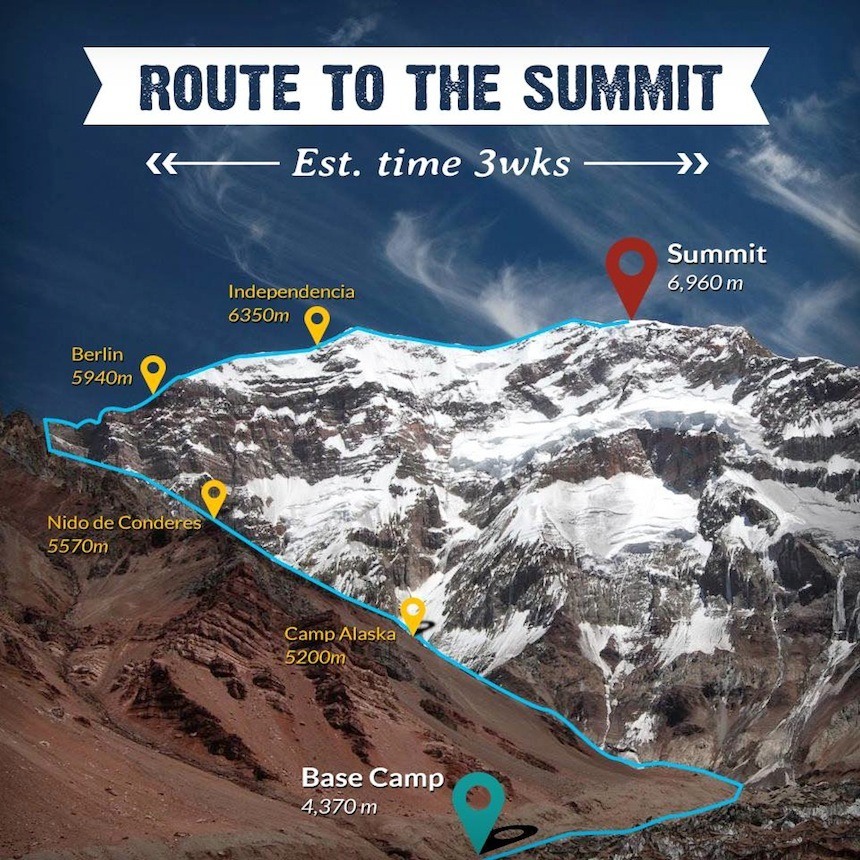
The plan was certainly radical. It was going to take a shed-load of research, organising, and training. When it came to choosing the right watch, Ariel suggested we get in contact with Waltham Watches, that just so happened to be the brand worn by the lead role of the book I was reading, Endurance, which describes legendary adventurer Sir Ernest Shackleton’s voyage in the Antarctic.

We approached Waltham telling them about our project and sent them the following requirements for this special aBlogtoWatch adventure. We stressed that below -20°C, most battery-operated devices simply won’t function and that many mechanical options won’t either because the oils start to congeal and the movement slows down. What we wanted was a watch with either special oil for extreme temperatures, or a chunky, well-insulated case. We wanted a rubber or NATO strap that won’t catch on clothing and that has enough room to fit over two base-layers, two mid-layers and two jackets. It needed a highly legible, illuminated dial, which will show up well on summit day, when we’ll be starting out well before dawn. And it needed to be light, but as strong as a Russian tank. We were very pleased to see that Waltham was excited by the idea and extremely confident their watches would cut the mustard.
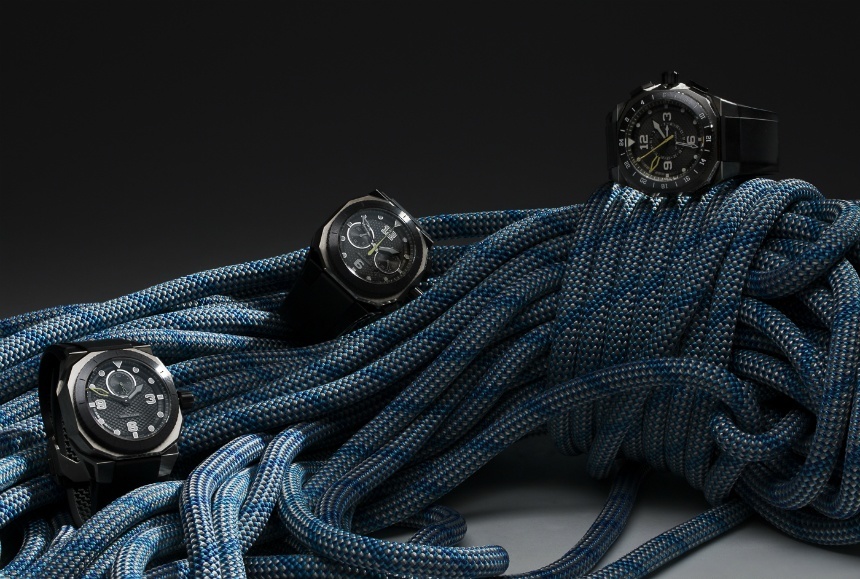
Left to Right: the Waltham XA Pure (Small Second), Waltham ETC Black Matter (Chronograph), and Waltham CDI Eclipse (GMT)
In early November, they sent me all three models from the Waltham Aeronaval Vanguard (aBlogtoWatch reviewed the Waltham Aeronaval CDI Black Matter watch here) collection. They looked to be the perfect fit for the job. The watches have thick Titanium G5 cases and look like something out of an Apache helicopter. The cases have sharp angles and have a masculine vibe. The watch dials are well balanced and the lume works well. Despite the size and the large PVD-coated steel plate over the case back, they are also pretty lightweight. They have a thick rubber strap, which opens and closes easily and has plenty of room to go over my clothes. The Waltham Aeronaval Vanguard watches certainly looked up to the task, but the one question going through my mind was: with no special oil, will they be able to deal with the cold?
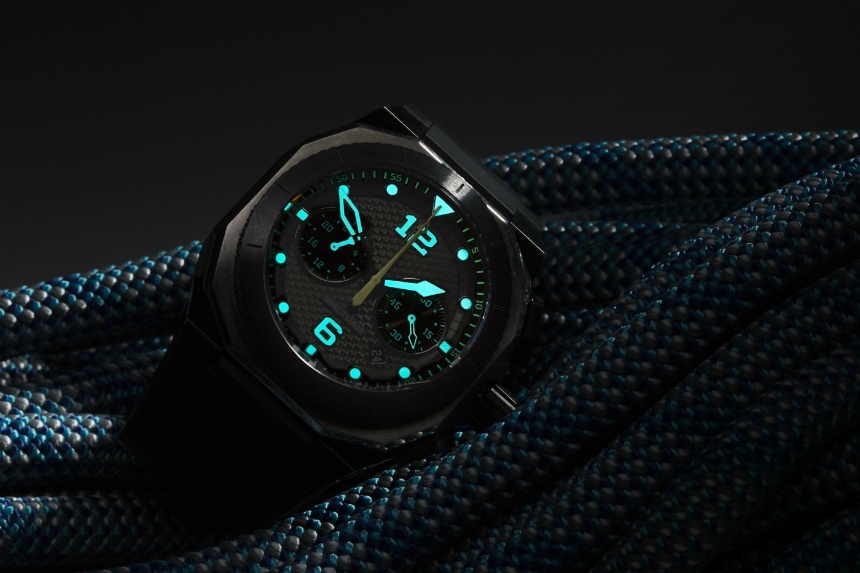
Yesterday, December the 8th, we set out. According to the mountain guide agencies we have spoken with, of the 1,000-or-so people who attempt to summit Aconcagua each year, only 30% make it, and over five die. If all goes to plan, we’ll be summiting on Christmas Day and we’ll be back in Mendoza doing wine tours a few days later.
Come back in the New Year to read how it went, how the watches held up, and watch our video. We’ll be sure to have plenty of good snaps too. For more information, blogs, and pictures, visit our “SummitToAconcagua” page on Facebook. While we know our Waltham watches will likely survive the climb, we theoretically have less assurances that we will too. waltham.ch

